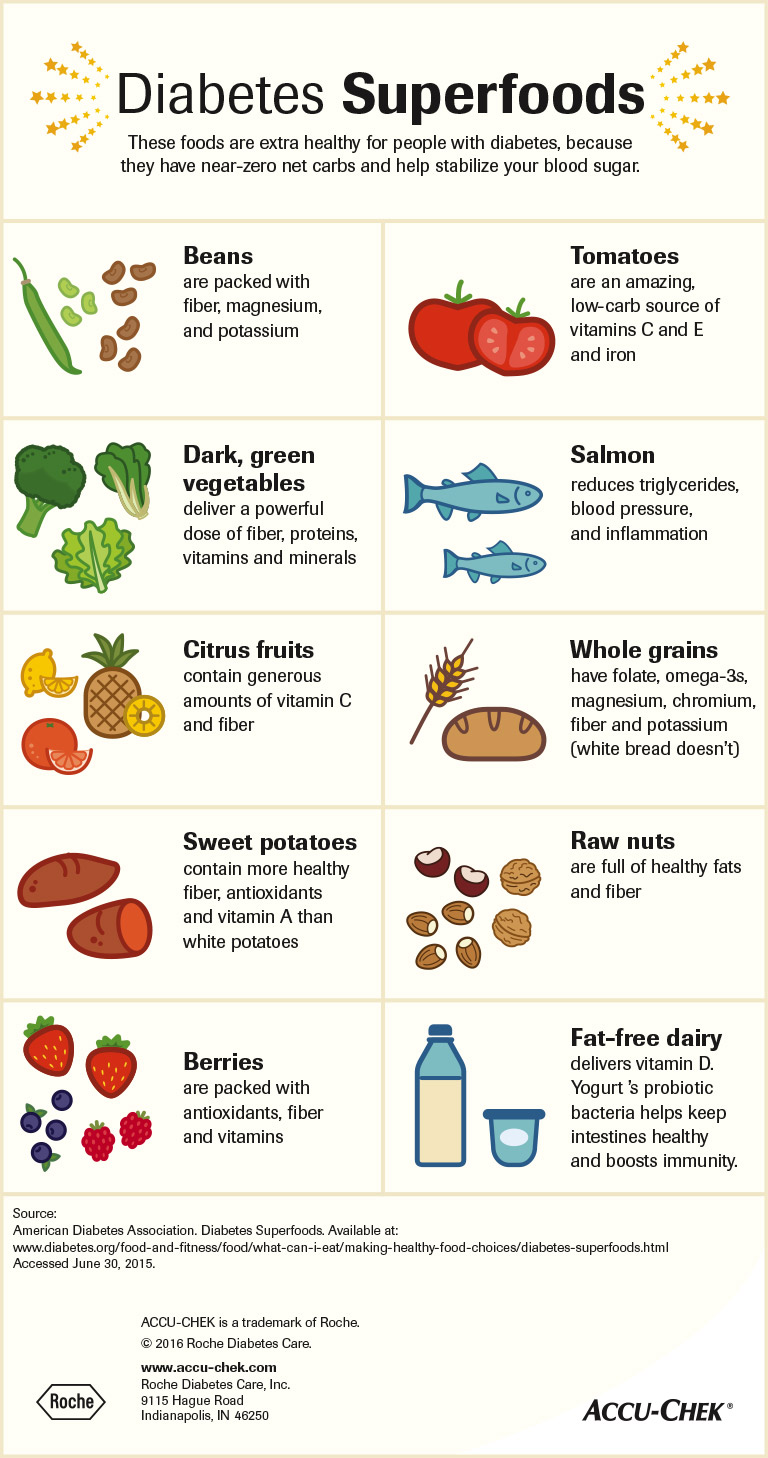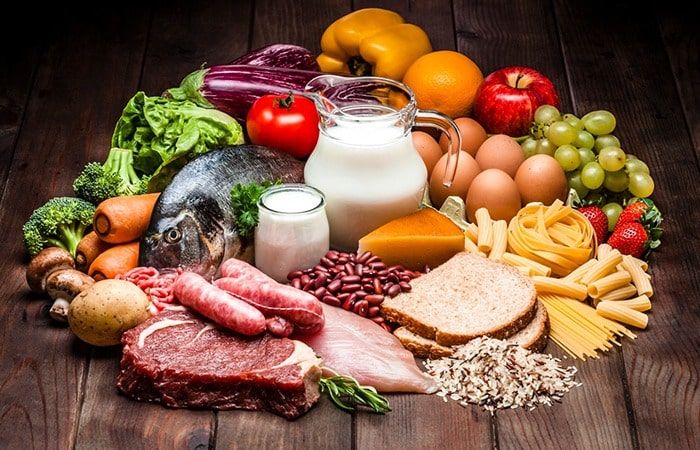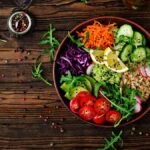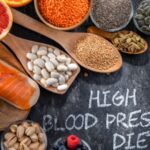Obesity and Diabetes Mellitus (particularly Type 2 Diabetes):
Both obesity and type 2 diabetes often stem from consuming a calorie-dense, unhealthy diet. Consequently, diet planning and maintaining a balanced diet are crucial components of managing and treating these conditions.
What is Diabetes?
Diabetes is a condition where your blood glucose, or blood sugar, levels are too high. Glucose is derived from the foods you consume and serves as an essential energy source for your body’s cells. Insulin, a hormone, facilitates the entry of glucose into your cells.
- Type 1 Diabetes: Your body doesn’t produce insulin.
- Type 2 Diabetes: Your body doesn’t produce enough insulin or doesn’t use insulin effectively.
Without sufficient insulin, glucose accumulates in your blood, leading to high blood glucose levels.
Prediabetes is a state where blood glucose levels are higher than normal but not yet high enough to be classified as diabetes. It significantly increases the risk of developing type 2 diabetes.
How Do the Foods I Eat Affect My Blood Glucose Levels?
The glucose in your blood primarily comes from carbohydrates or “carbs.” Foods high in carbs include candy, sweets, sodas, breads, tortillas, and white rice. The more carbs you consume, the higher your blood glucose level will rise.
Managing your diet is crucial whether you have type 1 or type 2 diabetes. Making smart food choices helps maintain healthy blood glucose levels, reducing the risk of serious complications like vision loss and heart disease. For those with prediabetes or at risk for diabetes, a balanced diet can help prevent the onset of type 2 diabetes.
What’s the Best Diet for Diabetes?
There isn’t a universal diet for everyone with diabetes. Your healthcare provider may refer you to a registered dietician (RD) or a diabetes educator to create a personalized eating plan. This plan will consider:
- Any medications you are taking
- Your weight
- Any other health conditions
- Your lifestyle and food preferences
- Your health goals
While personalized, all diabetic eating plans share common principles, such as consuming the right foods in appropriate amounts at regular times.
What Foods Should I Eat if I Have Diabetes?
A balanced diet for diabetes includes a variety of healthy foods from all food groups:
- Fruits and Vegetables
- Whole Grains: Whole wheat, brown rice, barley, quinoa, oats
- Proteins: Lean meats, chicken, turkey, fish, eggs, nuts, beans, lentils, tofu
- Dairy: Nonfat or low-fat milk, yogurt, cheese
What Foods Should I Limit to Control My Blood Glucose?
To maintain healthy blood glucose levels, you should limit certain foods and drinks. This doesn’t mean you can never enjoy them, but you should have them less frequently or in smaller amounts.
- High-Carb Foods and Drinks:
- Sugary foods: candy, cookies, cake, ice cream, sweetened cereals, canned fruits with added sugar
- Sugary drinks: juice, regular soda, sports and energy drinks
- White rice, tortillas, breads, and pasta made with white flour
- Starchy vegetables: white potatoes, corn, peas
- Fried Foods and High Saturated Trans Fats
- Foods High in Sodium (Salt)
- Alcohol: If consumed, limit to one standard drink per day for women and two for men.
What Else Do I Need to Know About Diabetic Diets?
Eating the right amount of food daily is essential. Your eating plan will guide you on portion sizes and carbohydrate counting to ensure balanced meals and snacks. Regular meal timings help avoid blood glucose spikes or drops, and consistent carb intake at each meal can be beneficial.
Your eating plan will also provide strategies for sticking to your diet both at home and when dining out. Adhering to a healthy diet to control blood glucose levels requires effort, but it offers the reward of living your healthiest life with diabetes.
Dietary Strategies for Managing Diabetes:
- Initial Steps: One of the first dietary strategies for individuals with diabetes is to improve food choices based on the 2010 Dietary Guidelines for Americans and the MyPlate recommendations from the U.S. Department of Agriculture. This involves reducing the intake of fats, particularly saturated and trans fats, cholesterol, and sodium.
- Incorporating Physical Activity: Alongside dietary changes, increasing physical activity is essential.
- Weight Loss Goals: Achieving a mild to moderate weight loss of 5-10% of body weight can significantly enhance diabetes control. Patients are advised to moderately reduce calorie intake by 250 to 500 kcal/day and to increase energy expenditure through regular exercise.

Recommended Diet Composition for Diabetes Patients:
- Proteins:
- Protein intake should constitute 15 to 20% of total daily calories.
- For individuals with normal kidney function, there is no need to alter usual protein intake.
- However, consuming protein above 20% of total daily calories may accelerate kidney disease development.
- Fats:
- Given the association between diabetes, obesity, heart disease, and stroke, reducing dietary fat is crucial.
- Saturated Fats: These are found in meats, lard, high-fat dairy products, coconut oil, and palm oil. These fats are typically solid at room temperature and raise low-density lipoprotein (LDL) and cholesterol levels.
- Trans Fats: In addition to raising LDL cholesterol, trans fats lower high-density lipoprotein (HDL), the “good” cholesterol. Foods containing trans fats include margarine, peanut butter, shortening, and cookies.
- Polyunsaturated Fats: These fats are heart-healthy and can lower cholesterol levels when consumed in moderation. They are found in vegetable oils such as corn, soybean, and safflower oil, as well as in fatty fish like salmon, mackerel, herring, and trout.
- Monounsaturated Fats: Also beneficial for heart health as they lower LDL cholesterol. Foods rich in monounsaturated fats include canola oil, walnut oil, olive oil, avocados, olives, nuts, and peanut oil.
- Omega-3 Fatty Acids: Among the healthiest types of polyunsaturated fats, omega-3s offer several health benefits. Found in fish and fish oils, they help protect the heart and reduce insulin resistance in diabetic individuals.
Types of Omega-3 Fatty Acids:
- Alpha-Linolenic Acid (ALA): Found in plant sources.
- Eicosapentaenoic Acid (EPA): Found in oily cold-water fish such as salmon, sardines, mackerel, and herring.
- Docosahexaenoic Acid (DHA): Found in fish, marine animals, and nuts like walnuts.
Fat Intake Recommendations for Diabetics:
- Total fat intake should comprise 20-35% of total daily calories.
- Saturated fat should be limited to less than 7% of total daily calories.
- Polyunsaturated fat should be limited to less than 10% of total daily calories.
- Monounsaturated fat should be limited to less than 20% of total daily calories.
- Dietary cholesterol intake should be less than 200 mg per day.
Fiber Intake Recommendations:
- Aim for at least 14 grams of fiber for every 1,000 calories consumed.
- Adult women should consume 25 grams of fiber per day, and adult men should consume 38 grams per day.
- Of this, 10 to 25 grams should come from soluble fiber sources such as oats, fruits, vegetables, rice bran, cooked beans, and psyllium seeds.
Carbohydrate Management:
- Carbohydrates are crucial for energy and are found in breads, rice, grains, cereals, fruits, and starches.
- Carbohydrates are broken down into glucose, which fuels the body.
- Managing carbohydrate intake is essential for diabetics, as carbohydrates raise blood glucose levels. This requires balancing carbs with insulin, medications, and physical activity.
- Moderation in calorie intake is key, as recommended by the Dietary Guidelines for Americans.
- The FDA has approved non-nutritive sweeteners like saccharin, aspartame, acesulfame potassium (K), sucralose, and neotame for diabetics, including pregnant women, as part of a balanced diet. Note that saccharin is not suitable for pregnant women because it can cross the placenta.
- Glycemic Index (GI): This scale (0-100) ranks how quickly carbohydrate-containing foods are digested into glucose in the bloodstream. High-GI foods break down quickly, while low-GI foods break down slowly.
Alcohol Consumption:
- Alcohol intake should be limited to moderate amounts: one drink per day or less for women and two drinks per day or less for men.
- Mixed drinks can raise blood glucose levels and should be limited.
Seeking Medical Advice:
- Progressive Nature of Symptoms: The symptoms of obesity and type 2 diabetes develop gradually over several years. Often, these symptoms are mistaken for other conditions or attributed to normal aging.
- Individual Variation: The rate at which symptoms progress varies for each person.
- Complicating Conditions: Certain conditions such as infections, strokes, and delirium can worsen symptoms. Additionally, some medications may exacerbate the symptoms of dementia.
- Medical Evaluation: Rapid worsening of symptoms in individuals with diabetes should prompt a visit to the doctor, as there might be treatable underlying causes.
Benefits of Eating Strawberries
Benefits of Eating Pomegranate

A graduate of Computer Science and Information Management Technology. Diploma – Caregiving, Certificates – Dementia and Diabetes Awareness and Management. A researcher, blogger, songwriter, singer and acoustic guitarist. Born in an environment where natural talents such as healing are imparted at our natural birth. This natural talents of healing is the result of our genetic inheritance and the training from family environment.














